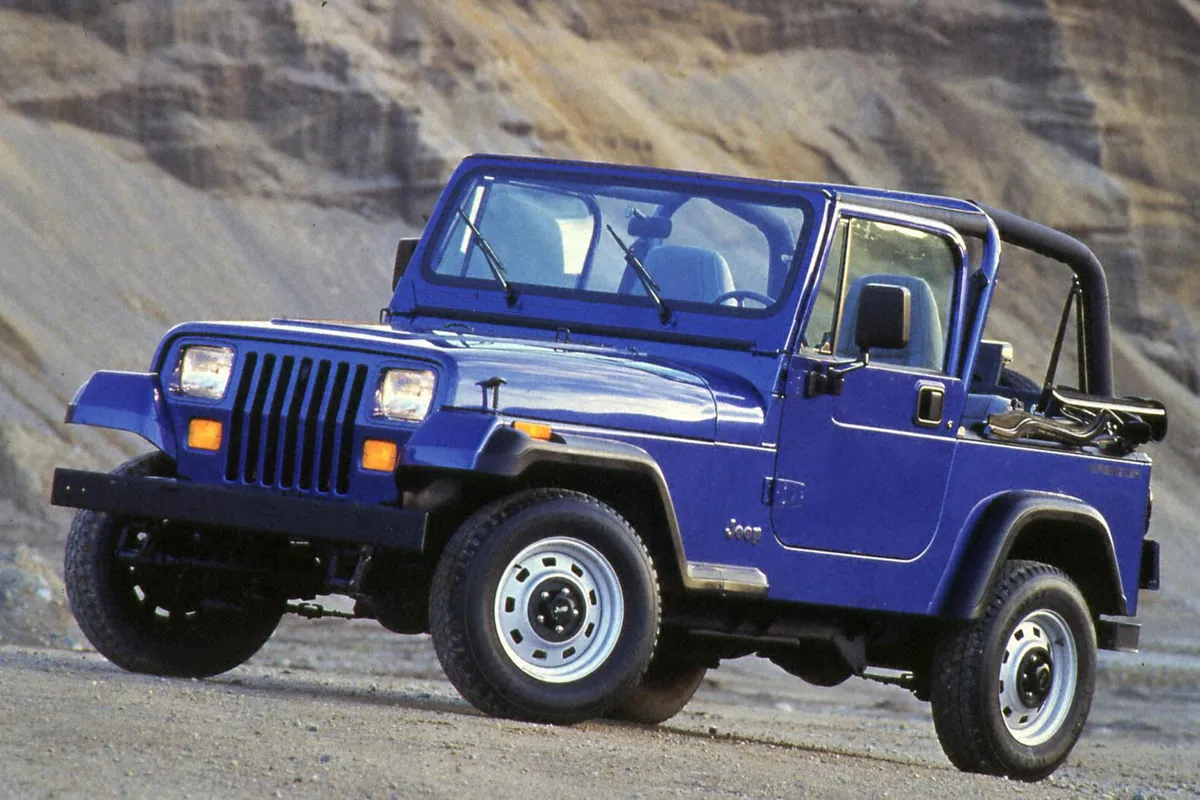In the vast and diverse world of automobiles, vehicles are designed with different purposes, performance characteristics, and safety profiles that can significantly influence how they behave on the road or off it. Some vehicles are engineered for rugged off-road adventure, others for heavy-duty hauling, and some for comfort and longevity.
However, certain design choices can inadvertently lead to safety concerns, such as a tendency to roll over during abrupt maneuvers, while other vehicles are celebrated for their remarkable ability to endure long periods of inactivity without suffering significant mechanical or electrical issues.
The phenomenon of vehicle rollover has long been a critical topic in automotive safety discussions. It is often linked to factors such as a high center of gravity, narrow track width, and suspension design that permits excessive body roll.
Vehicles prone to flipping easily typically have design characteristics optimized for off-road capability or heavy load-bearing, but compromise on stability during sudden directional changes or when negotiating tight corners at speed.
These vehicles, while invaluable in certain conditions, require drivers to exercise heightened caution and awareness to mitigate rollover risks.
Conversely, some vehicles are known for their resilience when parked or stored for extended durations. Whether for seasonal use, collector status, or infrequent utility, the ability of a vehicle to “sit” without major degradation is a significant consideration for many owners.
The longevity and durability of such vehicles are often attributed to their mechanical simplicity, robust materials, and fuel and electrical systems designed to resist common problems that develop during inactivity, such as fuel system clogging, battery drain, or corrosion.
These vehicles exemplify engineering focused not only on performance but also on endurance and reliability, even under challenging circumstances like prolonged storage.
Understanding these two categories—vehicles prone to rollover versus those that endure long-term storage well—provides valuable insight for consumers, enthusiasts, and safety advocates alike.
For drivers, knowing the inherent stability challenges of certain SUVs or trucks can influence how they handle these vehicles in both urban and off-road environments. Meanwhile, recognizing vehicles that maintain reliability after long periods of inactivity can help owners plan for seasonal use, classic car storage, or emergency preparedness.
In this article, we delve into five vehicles known for their higher-than-average risk of flipping, analyzing the factors behind their instability, from suspension geometry to weight distribution and design philosophy.
We also explore five vehicles that have earned reputations for sitting for long periods without major issues, examining the engineering features that contribute to their longevity and ease of revival after storage. By contrasting these two groups, we gain a comprehensive perspective on automotive design trade-offs between safety, durability, and versatility.
Whether you are a prospective buyer, a seasoned off-roader, a collector, or someone who values vehicle longevity, this article will shed light on important vehicle characteristics that affect both safety and reliability.
Understanding why some vehicles flip easily while others can rest for years without harm allows for more informed decisions and safer, smarter vehicle ownership.
Let’s embark on this exploration into automotive stability and endurance, unpacking the engineering, history, and real-world implications of these notable vehicles.
Also Read: 5 Cars That Are Easy to Park and 5 That Always Hit the Curb
5 Vehicles Known to Flip Easily
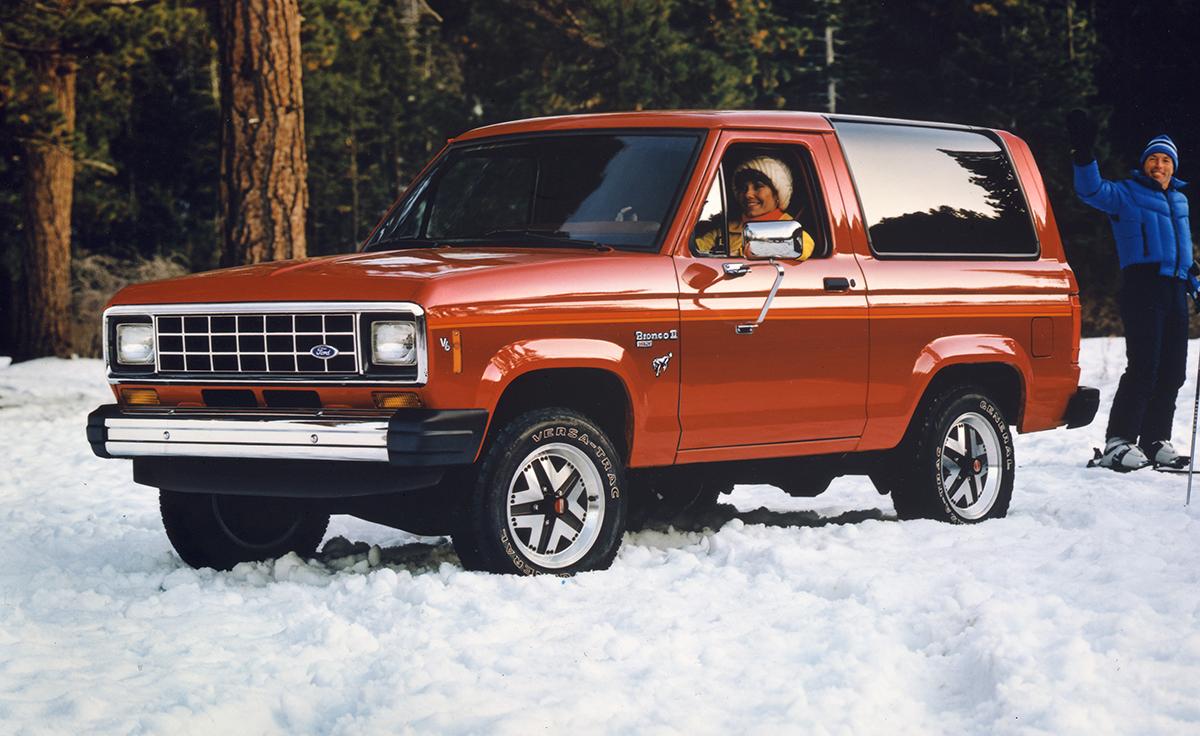
1. Ford Bronco (Early Models)
The Ford Bronco, particularly the first through third generations produced from 1966 through the mid-1980s, has long held a reputation as a capable off-road vehicle but also as one prone to rollover accidents. Its design was revolutionary at the time—compact, boxy, with a high ground clearance tailored for tackling rugged terrain.
However, this design came at the expense of stability. The Bronco’s relatively narrow track width combined with a tall body meant a higher center of gravity, a critical factor in rollover risk.
The vehicle’s overall height placed much of its mass above the wheelbase, making it susceptible to tipping during sharp turns or when navigating uneven landscapes.
Further complicating the Bronco’s stability was its suspension design. Early models employed leaf springs in the rear and coil springs in the front, which, while durable and simple, contributed to significant body roll under lateral stress.
When drivers pushed the Bronco aggressively—whether on twisty roads or challenging off-road trails—the body tended to lean heavily toward the outside of a curve, increasing rollover chances. This tendency was exacerbated when the vehicle was loaded with passengers or cargo, further raising the center of gravity.
Another factor influencing the Bronco’s rollover reputation was the tire and brake technology of the era. Tires often had less grip than modern counterparts, and brakes lacked advanced anti-lock systems.
These limitations reduced the driver’s ability to maintain control during emergency maneuvers. Combined with the vehicle’s substantial weight, once momentum was lost or control was compromised, the Bronco was prone to flipping over, especially in abrupt avoidance situations.
Despite these safety concerns, the Bronco became a cultural icon. Its rugged charm and off-road prowess often outweighed the rollover risks in the eyes of enthusiasts. Many accepted the trade-off as part of the Bronco’s adventurous spirit.
However, data from insurance companies and traffic safety agencies during the 1970s and 1980s consistently placed early Bronco models among vehicles with higher rollover statistics.
Modern iterations of the Bronco have addressed many of these issues by lowering the center of gravity and introducing electronic stability controls, but the legacy of the early models’ instability remains a cautionary tale.
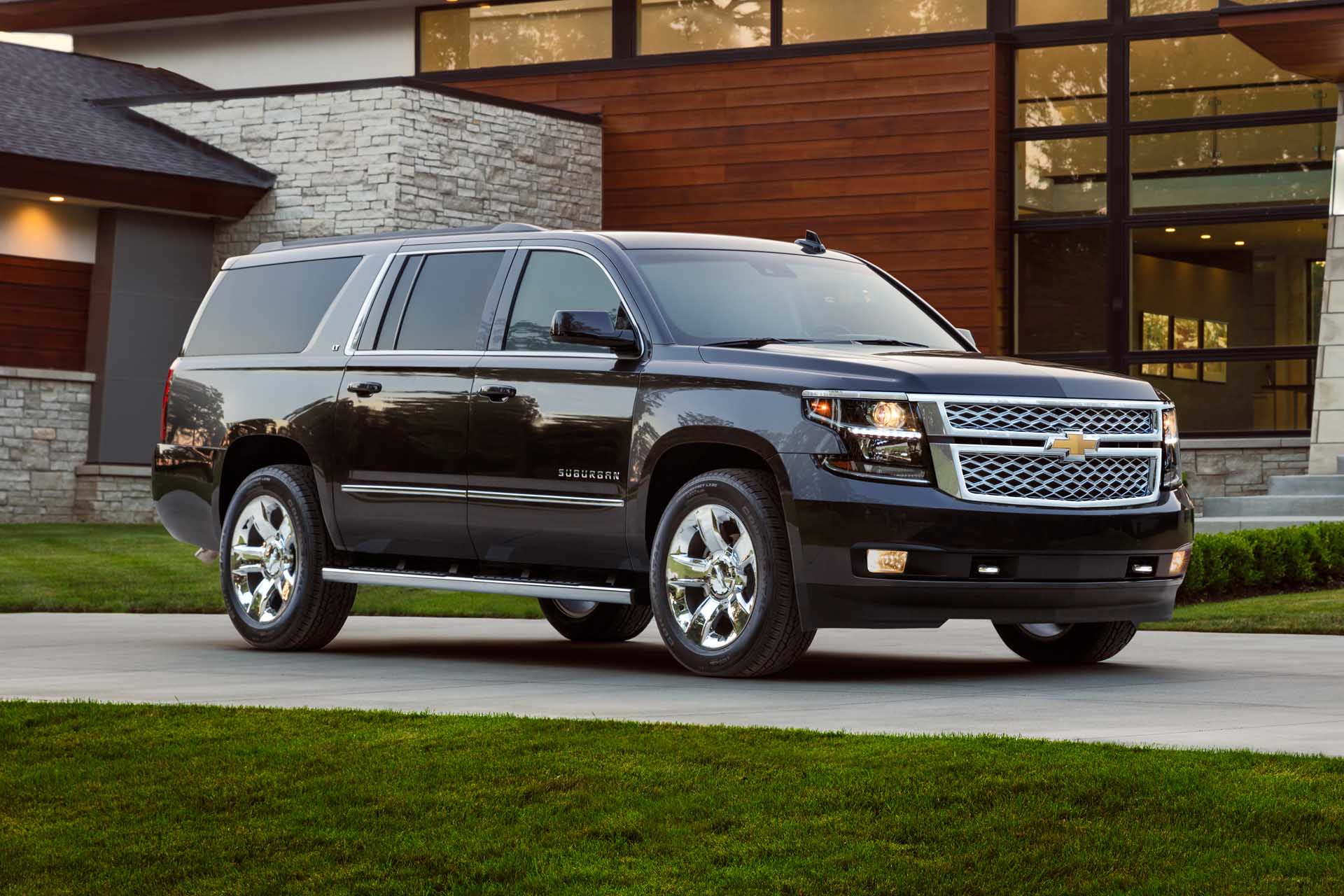
2. Chevrolet Suburban (Older Generations)
The Chevrolet Suburban is one of the longest-produced SUVs in history, serving as a multi-passenger hauler and heavy-duty vehicle for decades. Older models, especially those built during the 1980s and 1990s, are well-known for their high rollover propensity.
These SUVs were designed primarily for utility, capable of carrying large loads, towing trailers, and accommodating multiple passengers. However, these strengths came with design compromises that affected stability.
The Suburban’s large and boxy frame meant a tall body mounted on a heavy-duty chassis, which resulted in a high center of gravity.
Although the vehicle’s track width was broad relative to passenger cars, it was narrow relative to the sheer height and weight of the vehicle.
This imbalance led to significant body roll during cornering and emergency maneuvers. For example, when drivers made sharp turns at moderate speeds, the Suburban’s body could lean excessively, threatening to tip.
The suspension system on older Suburbans prioritized load-bearing capacity over sharp handling. Heavy leaf springs and a solid rear axle provided strength and durability but did little to counteract lateral forces that promote rollovers.
Without modern electronic aids like stability control or traction control, drivers were left relying solely on mechanical grip and driver skill to avoid accidents. This sometimes resulted in situations where sudden swerves or quick lane changes would destabilize the vehicle.
Another contributing factor was the Suburban’s weight distribution. The vehicle often carried heavy cargo or towing loads, which could shift unpredictably, further raising rollover risks.
While the Suburban is beloved for its versatility and capability, these safety concerns were recognized by manufacturers and regulators alike, pushing improvements in newer models.
Today’s Suburbans incorporate advanced stability systems, wider tracks, and lower ride heights, but older models still pose rollover hazards if driven aggressively.
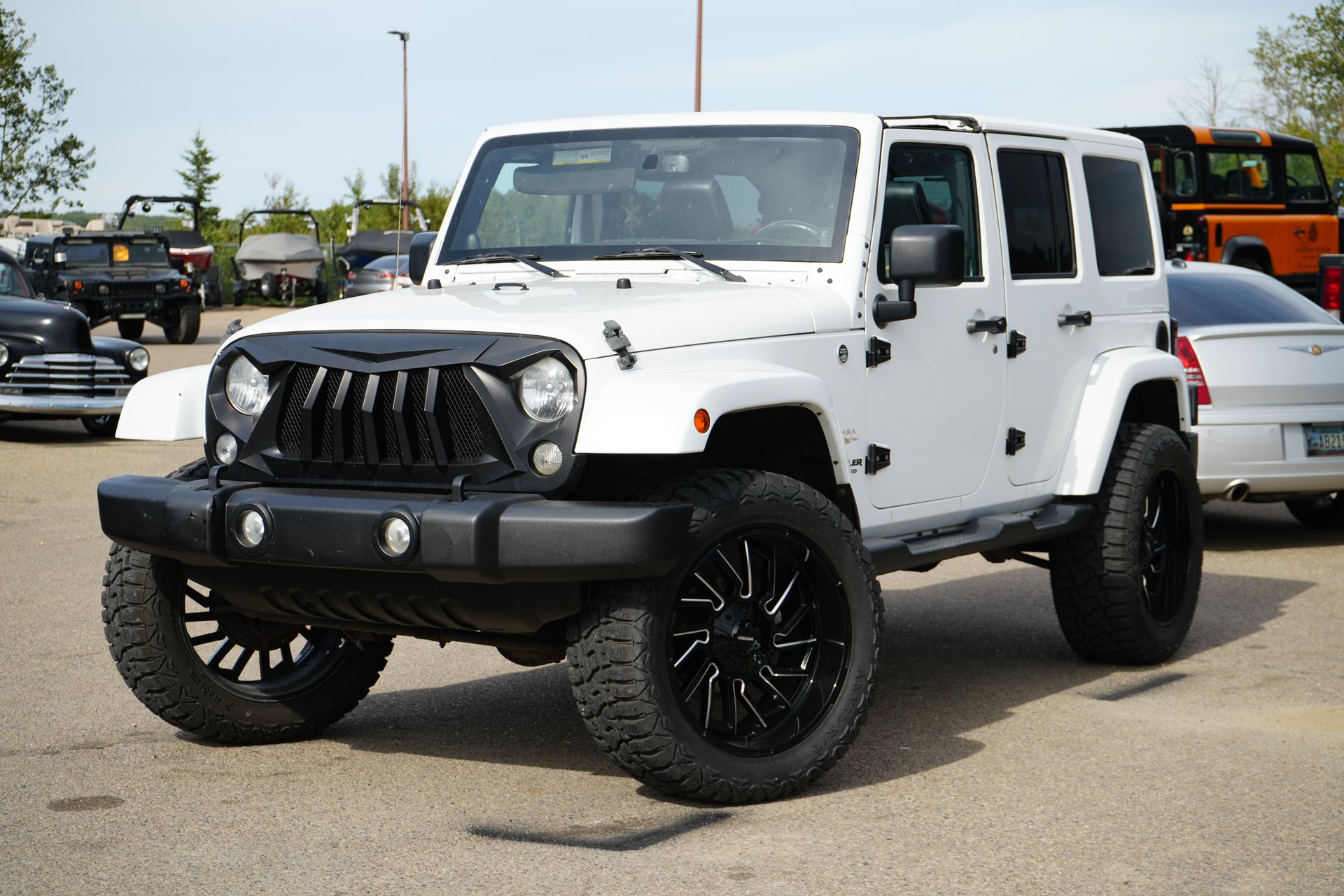
3. Jeep Wrangler (Certain Trims and Aftermarket Setups)
The Jeep Wrangler is arguably the quintessential off-road vehicle, known for its rugged construction, removable doors, and open-air experience.
However, its off-road-focused design brings with it an inherent risk of rollovers, especially when the vehicle is modified with aftermarket parts or driven aggressively on paved roads. The Wrangler’s tall stance, narrow track, and solid front and rear axles contribute significantly to this instability.
At stock, the Wrangler sits higher than many SUVs, giving it excellent ground clearance but also raising its center of gravity. This design is perfect for navigating rocky terrain, steep inclines, and obstacles that would ground other vehicles, but it comes with a trade-off on road stability.
The solid axle suspension system, which is highly durable and offers great articulation off-road, does not provide the same level of control and stability as independent suspension setups, leading to more pronounced body roll and less predictable handling on pavement.
Many Wrangler owners modify their vehicles with lift kits, oversized tires, and heavy roof racks to improve off-road capability or aesthetics. While these modifications enhance the vehicle’s rugged look and trail performance, they also raise the vehicle’s center of gravity, sometimes significantly.
Lifted Wranglers with large tires can be dangerously top-heavy, increasing the chance of rollovers during sharp turns or evasive maneuvers. Additionally, the added weight and altered suspension geometry can negatively affect braking and steering response.
The Wrangler’s narrow track width compared to its height and weight means lateral forces can easily overcome the vehicle’s stability margin. Without advanced electronic stability control in older models, drivers must rely heavily on careful handling to avoid rollovers.
Modern Wranglers have introduced stability aids, but the vehicle’s off-road design ethos still prioritizes terrain capability over on-road stability, meaning rollover risk remains a key consideration for drivers, especially those who modify their vehicles extensively.
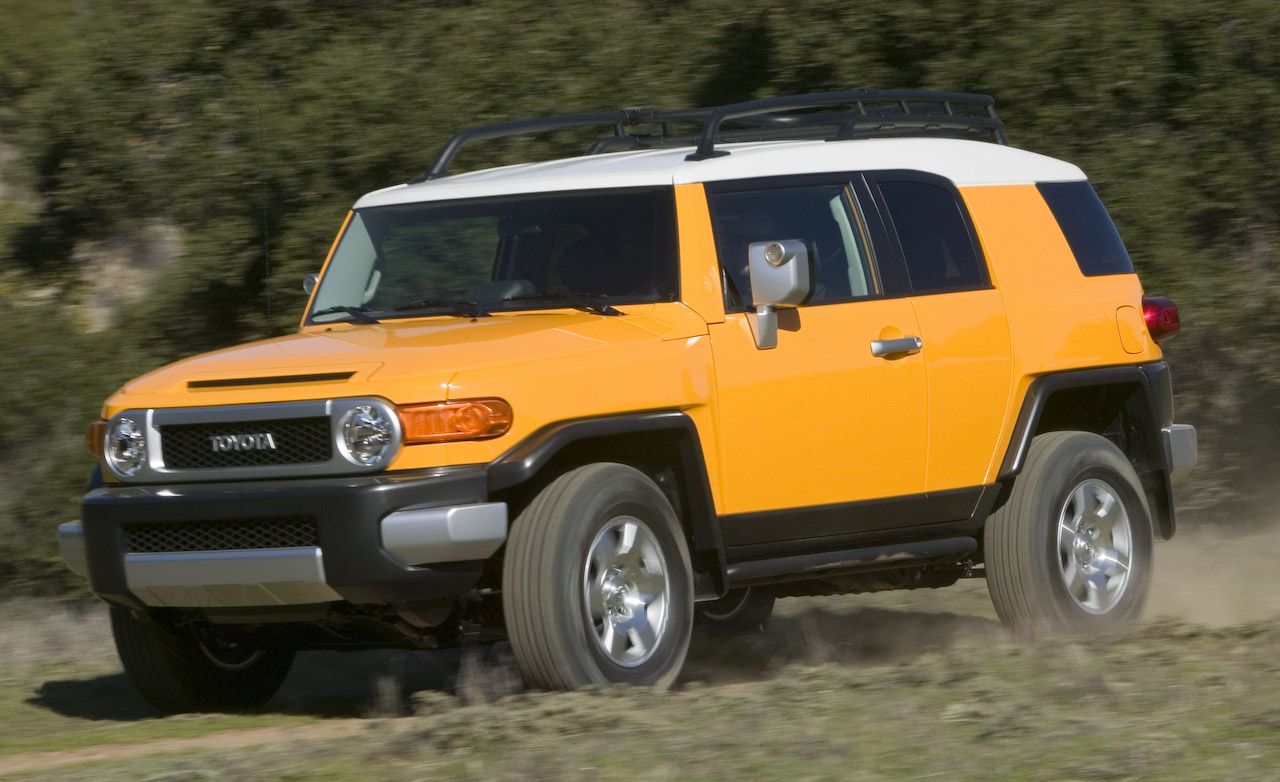
4. Toyota FJ Cruiser
The Toyota FJ Cruiser, produced between 2006 and 2014, is a modern homage to the classic FJ40 Land Cruiser. It’s designed to deliver exceptional off-road performance with retro styling cues.
Despite its many strengths, the FJ Cruiser is also known for being prone to rollovers relative to other SUVs. Its tall and narrow body shape creates a higher center of gravity, which is a principal cause of rollover risk.
The vehicle’s design includes a wide stance compared to its predecessors, but this was not always sufficient to fully counteract the tall body. The placement of heavy components such as the engine and drivetrain elevated the center of gravity.
On uneven terrain, the FJ Cruiser’s suspension helps absorb shocks, but it also contributes to lateral body movement. This means that, especially at speed or during sharp turns, the body can sway significantly, which increases rollover potential.
Although the FJ Cruiser comes with stability control and traction aids, these electronic systems can only mitigate but not eliminate the risk. Drivers who push the vehicle hard in off-road conditions or take sharp turns on pavement are more likely to experience instability.
The vehicle’s solid rear axle and relatively stiff suspension, designed for durability and control in harsh environments, sometimes result in abrupt handling characteristics that catch inexperienced drivers off guard.
Despite these risks, the FJ Cruiser remains a favorite among off-road enthusiasts. Its reliability, durability, and trail capability often outweigh concerns about rollover risk for many drivers. However, awareness and careful driving are critical when operating the vehicle, especially in challenging or fast-moving conditions, to avoid accidents.
5. Land Rover Discovery (Older Models)
Older Land Rover Discovery models, especially the Series I and II built in the 1990s and early 2000s, are classic luxury off-roaders that combine capable terrain handling with an elevated driving position.
While admired for their versatility and off-road pedigree, these vehicles are also known for their relatively high rollover risk. Their design incorporates a tall body on a narrow chassis, which inherently increases the center of gravity.
The Discovery’s coil-spring suspension system, designed to provide a comfortable ride and excellent articulation off-road, tends to allow considerable body roll during on-road driving. This roll becomes dangerous during sudden lane changes or evasive maneuvers at highway speeds.
The vehicle’s substantial weight, concentrated high above the axles, further amplifies this effect. Additionally, early Discoveries lacked the advanced electronic stability controls that became standard later, placing more responsibility on the driver to manage the vehicle’s behavior.
Another factor contributing to rollover risk in older Discoveries is the weight distribution, which can shift unpredictably under dynamic driving conditions.
While excellent for climbing steep hills and crossing rough terrain, the vehicle’s suspension setup and design choices made it less stable on twisty pavement. Drivers unfamiliar with the Discovery’s handling quirks might find the vehicle prone to tipping if they take turns too aggressively.
In spite of these concerns, the Discovery enjoys a loyal following. Its blend of luxury, off-road ability, and ruggedness makes it an attractive choice, especially for adventurous drivers. Awareness of its handling characteristics and cautious driving are essential to minimize the rollover risk inherent in these older models.
5 Vehicles That Sit Too Long Without Major Issues
When it comes to cars, most people know that letting a vehicle sit for too long can lead to problems—dead batteries, flat spots on tires, stale fuel, and more.
But not all vehicles suffer the same fate. Some are simply built tougher, with engineering that allows them to sit idle for weeks or even months without turning into a headache. Whether you’re a seasonal driver, a collector, or someone who travels often, here are five vehicles that can handle long-term parking without major issues.
1. Toyota Land Cruiser
The Toyota Land Cruiser is often regarded as one of the most durable and reliable vehicles ever made, a reputation earned not just through its legendary off-road prowess but also its exceptional longevity and ability to endure long periods of inactivity.
One of the Land Cruiser’s greatest strengths is its simple yet robust mechanical design, which lends itself well to extended storage without major degradation.
The engines used in Land Cruisers—especially the older inline-six petrol and diesel units—are known for their resilience, with fewer sensitive electronics compared to modern vehicles. This simplicity reduces the number of components that can corrode, seize, or otherwise deteriorate while sitting idle.
Another key factor that makes the Land Cruiser capable of sitting unused for long periods is its fuel system. Older Land Cruisers were often carbureted or used straightforward mechanical fuel injection systems, less prone to gumming up than modern direct injection engines.
This means the fuel system can remain stable and less likely to clog even when the vehicle is not regularly started. Additionally, the fuel tanks and lines are designed with durable materials that resist corrosion and degradation, minimizing fuel contamination during storage.
The Land Cruiser’s electrical system is also built with long-term durability in mind. The relatively minimal reliance on computerized controls, compared to newer vehicles, means fewer electrical gremlins emerge after periods of disuse.
The battery can last longer, and if disconnected properly, the vehicle often requires little more than a fresh charge to come back to life after months or even years of sitting. Rust protection and the use of high-quality metals in the chassis and body also contribute to the vehicle’s ability to withstand environmental factors during storage.
Owners of Land Cruisers have repeatedly demonstrated that these vehicles can be stored for months or years and then brought back to life with minimal intervention.
This trait has made the Land Cruiser highly favored among adventurers, seasonal users, and collectors who require a reliable vehicle that won’t deteriorate significantly while parked. Its legendary durability, combined with a design that tolerates inactivity remarkably well, sets it apart in the automotive world.
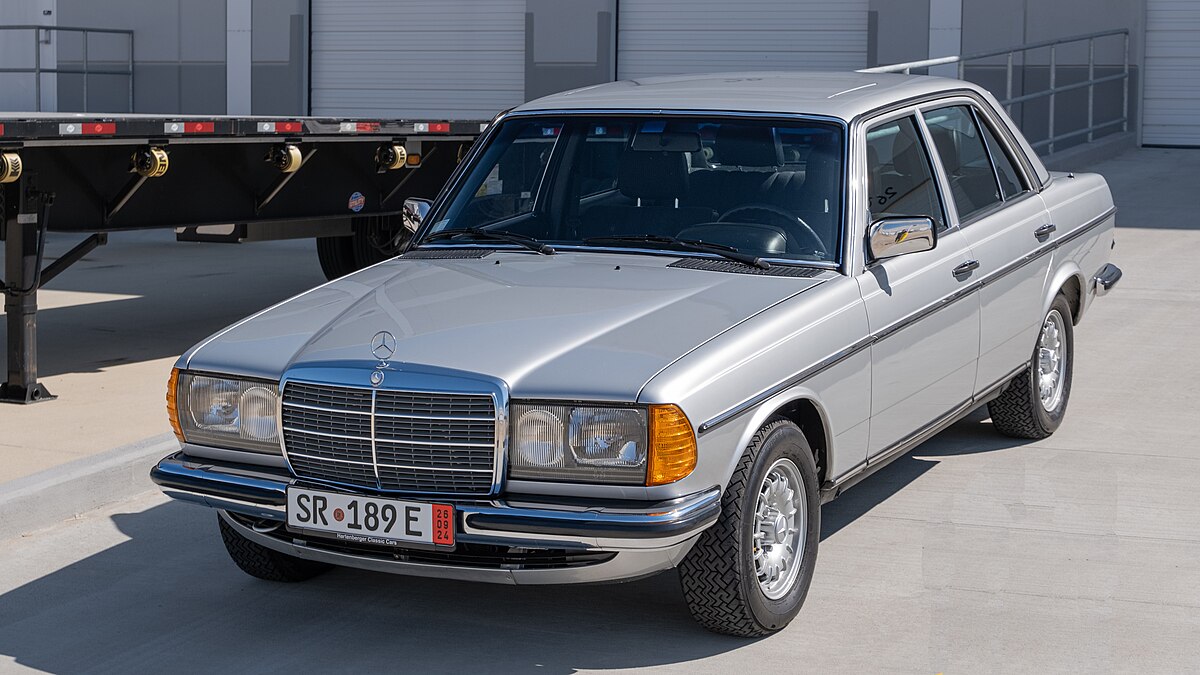
2. Mercedes-Benz W123
The Mercedes-Benz W123 series, produced between 1976 and 1985, is often celebrated as one of the most durable passenger cars ever manufactured. This model’s robust construction and mechanical simplicity make it especially well-suited to sit unused for long periods without suffering significant mechanical or electrical issues.
Many W123s are still operational today after decades, often having spent years in storage without regular use. The key to this longevity lies in the W123’s straightforward engineering and the high-quality materials Mercedes-Benz used during production.
The W123’s diesel engines are particularly renowned for their ability to withstand long storage periods. Unlike modern common-rail diesel systems, the W123 uses mechanical fuel injection that is less sensitive to fuel quality issues and contamination.
These engines can often start and run smoothly even after sitting idle for months or years, especially if the fuel system is drained or treated properly before storage. The electrical system, while not as simple as early cars, remains relatively straightforward, minimizing the risk of electrical faults after extended inactivity.
Rust resistance is another important factor contributing to the W123’s reputation for long-term storage resilience. Mercedes-Benz applied generous rust protection treatments, and the vehicle’s body panels are constructed from thicker, more durable steel than many modern cars.
This robustness prevents many of the common problems associated with long-term parking, such as rusted-through floorboards or corroded suspension components. With basic preventative maintenance like regular lubrication and proper battery care, a W123 can be revived with minimal fuss even after long dormancy.
Enthusiasts and collectors prize the W123 not only for its durability but for its reliability after long downtime. The car’s ability to start and operate well after sitting makes it an ideal candidate for classic car collectors, vintage vehicle storage, or owners who only drive seasonally. Its blend of mechanical simplicity and build quality has earned it a legendary status that few vehicles can match.
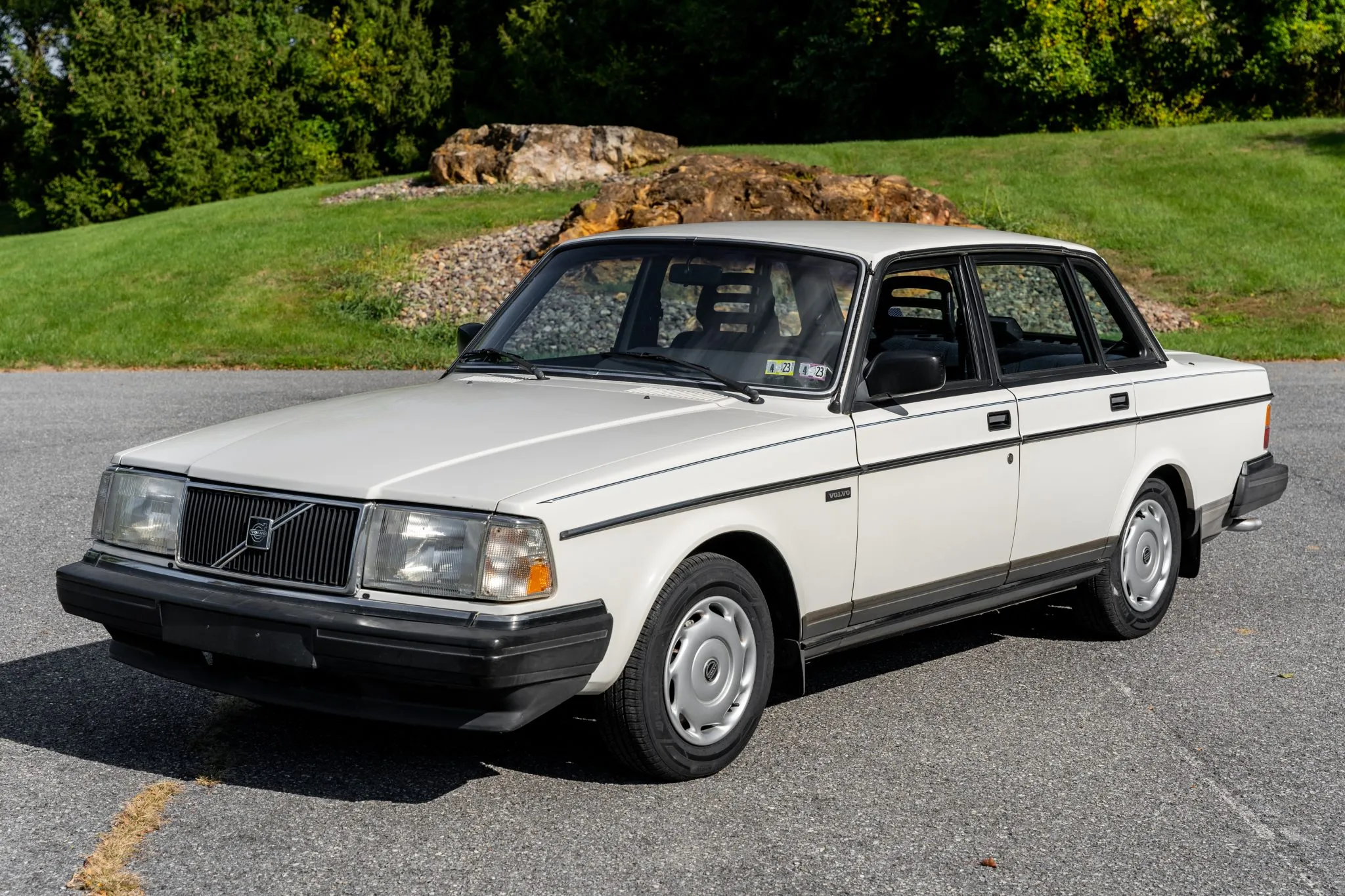
3. Volvo 240
The Volvo 240, produced from the early 1970s through 1993, is a paragon of longevity, known for its straightforward design and rugged mechanical components. The 240’s reputation for being able to sit unused for long periods without major issues stems from its simplicity and the durable nature of its parts.
The engines, primarily inline-four and inline-six units, are relatively uncomplicated and robust, which helps prevent issues like fuel system clogging or corrosion common in more modern, complex engines.
The Volvo 240 also benefits from a relatively simple fuel delivery system. Unlike modern vehicles with sophisticated fuel injection, early 240s typically used carburetors or simpler injection systems that are less prone to issues related to stale fuel during long-term storage.
The fuel tanks and lines are made from materials that resist rust and deterioration, helping maintain fuel quality even after long storage.
Additionally, Volvo’s commitment to safety and durability extends to the vehicle’s electrical system. While more complex than early Land Cruisers or W123s, the electrical components in the 240 were designed with reliability in mind, using fewer sensitive microcontrollers and more mechanical switches and relays.
This reduces the likelihood of electrical failures or battery drain during inactivity. The sturdy chassis and body also resist corrosion well when stored properly, minimizing rust-related breakdowns.
Owners of Volvo 240s frequently report that their vehicles require minimal effort to bring back to life after sitting idle for months or even years. A fresh battery charge, some fuel system attention, and basic maintenance are often sufficient to get these cars running smoothly again.
This resilience makes the Volvo 240 a favorite among those who own seasonal vehicles, collector cars, or second cars that don’t see daily use.
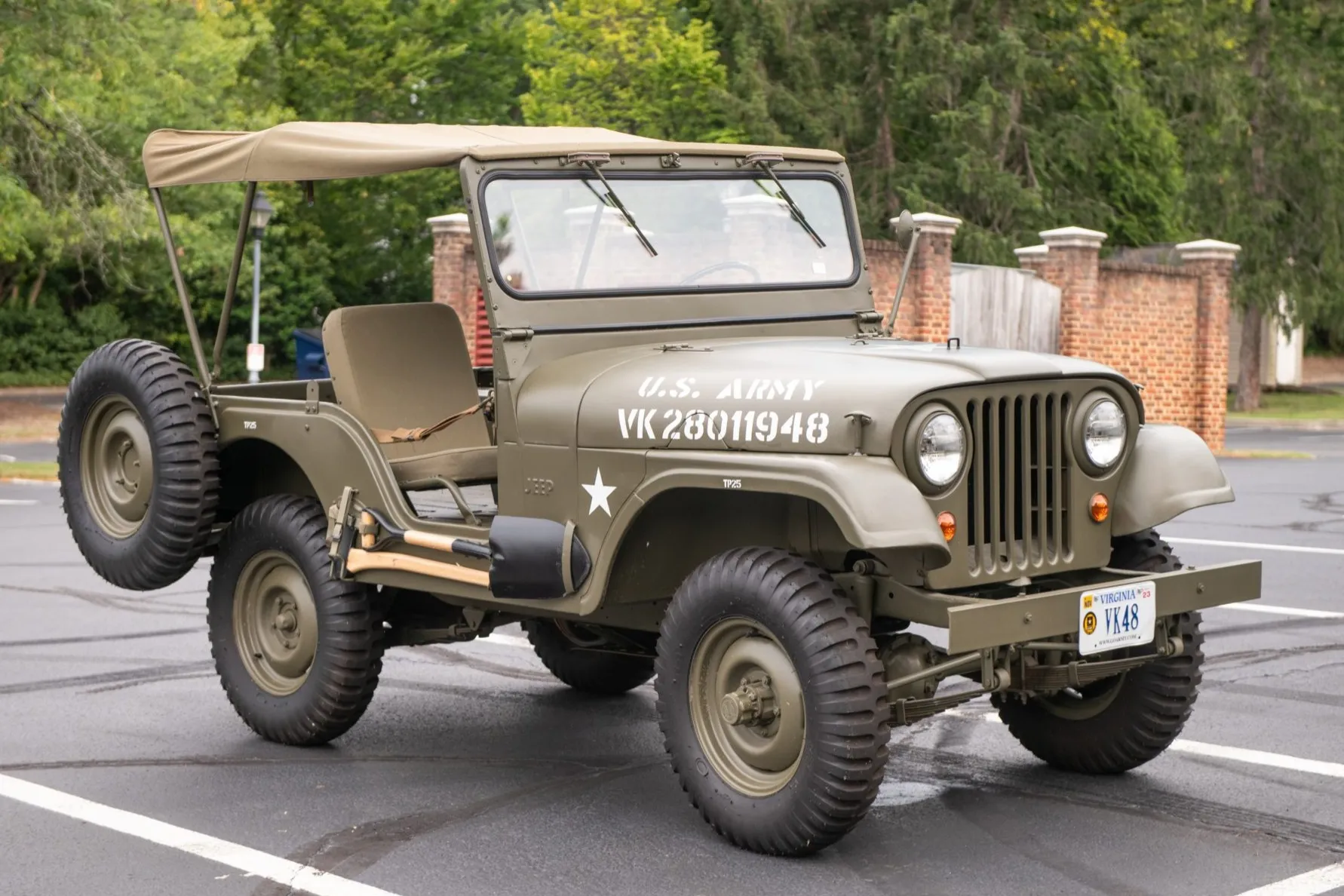
4. Jeep CJ Series
The Jeep CJ series, which preceded the Wrangler, is well-known for its rugged, utilitarian design that lends itself well to extended periods of disuse.
The CJ’s simple mechanical setup—consisting of basic carbureted engines, manual transmissions, and minimal electronics—makes it highly tolerant of long storage times. Without the complexity of modern fuel injection or computer controls, there are fewer components prone to failure or degradation when the vehicle sits idle.
The CJ’s fuel system is straightforward, using carburetors and mechanical fuel pumps that are less susceptible to the fuel varnishing and clogging issues common in modern vehicles.
While fuel system maintenance is still necessary for long-term storage, the Jeep’s design reduces the chance of severe problems from sitting too long. Additionally, its solid axles and simple suspension components are robust and not prone to seizing or rusting quickly if stored correctly.
Electrically, the Jeep CJ relies on simple wiring harnesses and basic electrical components. This simplicity reduces the risk of parasitic battery drain and electrical faults after extended inactivity.
While the battery may need recharging or replacement after long storage, the Jeep’s minimal electronic demand makes it easier to maintain in storage conditions.
Many CJ owners have reported successfully starting and driving their vehicles after years of inactivity with only minor maintenance, which makes these Jeeps ideal for seasonal use, outdoor enthusiasts, and collectors. The CJ’s reputation for durability and ease of revival contributes to its enduring popularity in the classic Jeep community.
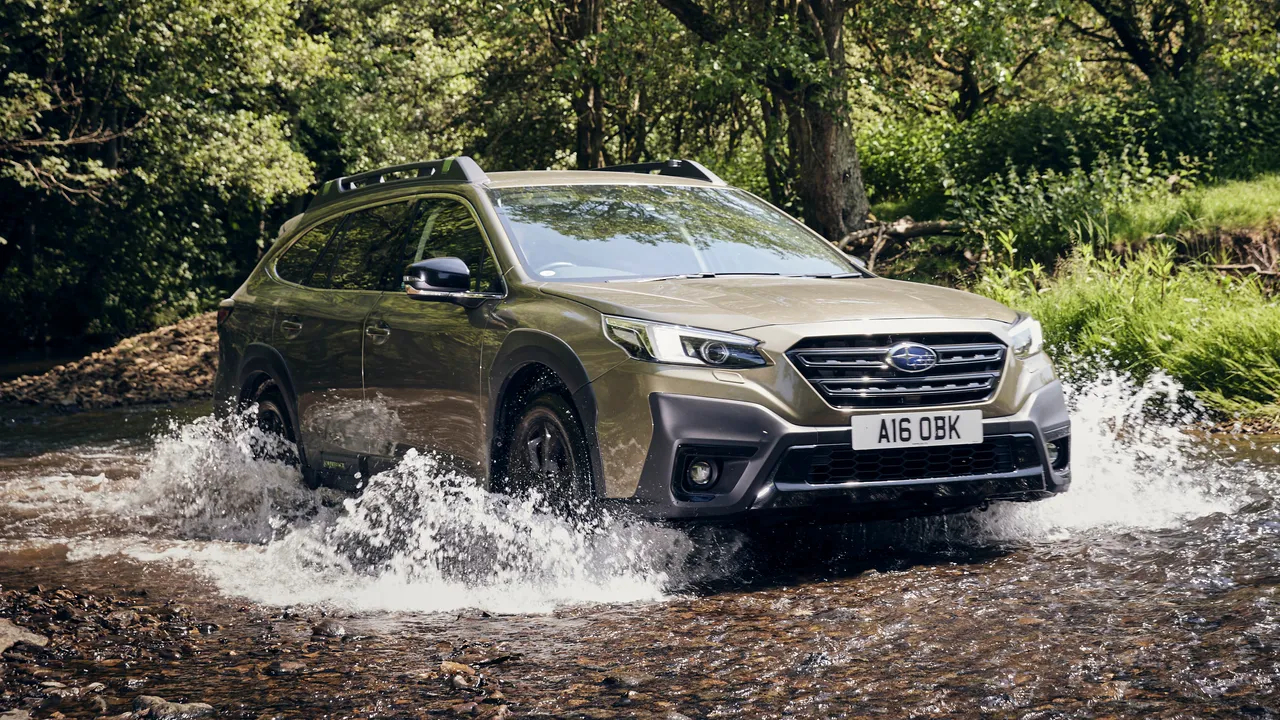
5. Subaru Outback (Older Generations)
Older generations of the Subaru Outback, especially models from the mid-1990s to early 2000s, have gained a reputation for durability and reliability that extends to their ability to sit unused for extended periods.
These vehicles feature the well-known Subaru boxer engine layout, which provides a low center of gravity and balanced weight distribution, contributing to mechanical stability over time.
The Subaru’s fuel injection system, though more modern than carburetors, is relatively simple compared to today’s direct injection technologies, making it less prone to fuel system issues after long inactivity.
Fuel tanks and lines are made from corrosion-resistant materials, which helps maintain fuel quality and reduces the risk of contamination during extended storage. Additionally, Subaru engines are known for their rugged construction and strong components, which resist wear and tear even after prolonged downtime.
The electrical system on older Outbacks, while more complex than the vehicles mentioned earlier, is still relatively reliable and straightforward by today’s standards. The cars typically require only a battery recharge and minor maintenance to return to operation after months of sitting.
Subaru’s reputation for durability and all-wheel-drive capability means these vehicles are favored by people who may store their cars seasonally, such as in winter or summer months, and expect them to perform reliably upon return.
Owners frequently report that their older Outbacks start easily and run well even after long storage periods with minimal intervention. This makes the Subaru Outback a popular choice for those who require a dependable vehicle that can handle both regular driving and extended downtime without suffering from significant mechanical issues.
Also Read: 5 Cars That Don’t Lose MPG Over Time and 5 That Bleed Fuel Efficiency
The automotive landscape is rich with variety, reflecting a complex balance of engineering priorities, safety considerations, and user needs. Among this diversity, vehicles that are known to flip easily and those that endure extended periods of sitting without major issues highlight two very different aspects of automotive design.
Each category tells a story of trade-offs—between performance and safety, innovation and reliability, excitement and endurance—that shape how vehicles are perceived and used in the real world.
Vehicles prone to flipping, such as early Ford Broncos, older Chevrolet Suburbans, certain Jeep Wranglers, Toyota FJ Cruisers, and Land Rover Discoveries, often share common characteristics. A tall body on a narrow track, high center of gravity, and suspension designs prioritizing off-road articulation over on-road stability contribute to their instability.
These vehicles offer tremendous capability in their intended environments—whether it’s rugged terrain, towing heavy loads, or tackling challenging trails—but demand careful and respectful handling to avoid rollover incidents.
Many drivers who appreciate the adventurous spirit and utility of these vehicles accept these risks as part of the package, yet safety improvements and technological advances in newer models aim to reduce rollover potential.
In stark contrast, vehicles like the Toyota Land Cruiser, Mercedes-Benz W123, Volvo 240, Jeep CJ series, and older Subaru Outbacks illustrate a different dimension of automotive excellence: the ability to remain mechanically sound despite long periods of inactivity.
These vehicles tend to feature simpler, more durable mechanical and fuel systems, robust rust protection, and electrical architectures that resist degradation during storage.
Their reliability after sitting unused for months or years is a testament to thoughtful engineering and quality materials. For owners who use vehicles seasonally, keep classic cars, or rely on a second vehicle, these characteristics are invaluable.
This dichotomy between rollover-prone vehicles and those that tolerate extended sitting underscores the importance of understanding a vehicle’s purpose and design constraints.
High-performance off-road vehicles must sacrifice some on-road stability to conquer difficult landscapes, while durable, simple vehicles can afford to prioritize longevity and ease of maintenance over dynamic handling.
For consumers, this knowledge is essential to making informed decisions that align with their lifestyle, safety preferences, and expectations for vehicle performance. Moreover, this discussion highlights how advancements in automotive technology continue to evolve these dynamics.
Electronic stability control, improved suspension designs, and modern materials have helped reduce rollover risks in many SUVs and trucks, while innovations in fuel injection and battery management enhance the longevity and reliability of vehicles stored long-term. Yet, the fundamental design principles and trade-offs remain influential.
In conclusion, recognizing which vehicles are more susceptible to flipping and which stand the test of time when sitting unused enriches our appreciation of automotive design’s complexity. Whether prioritizing safety on winding roads or trusting a vehicle to spring back to life after years of rest, drivers benefit immensely from this awareness.
The lessons learned from these two contrasting groups guide us toward safer driving practices, smarter vehicle selection, and better maintenance strategies—ultimately enhancing our relationship with the machines that move us.

